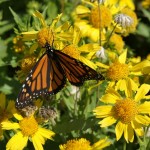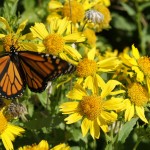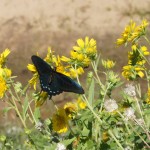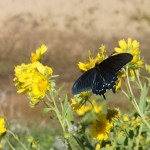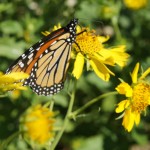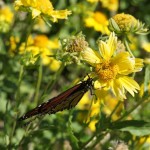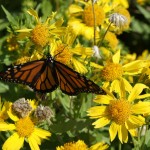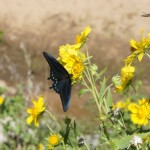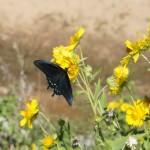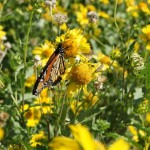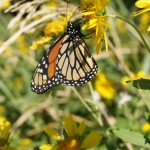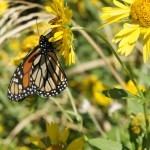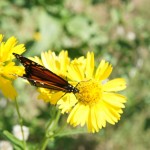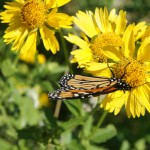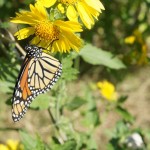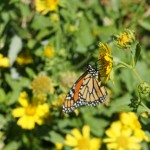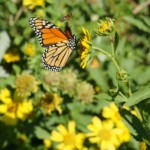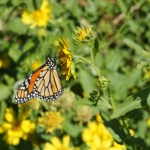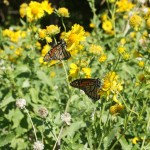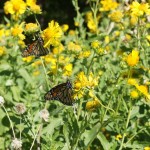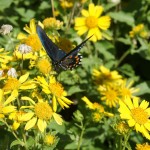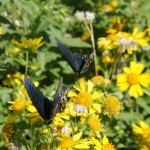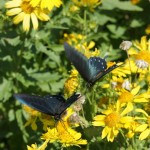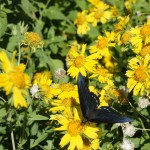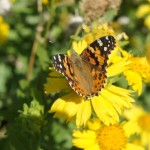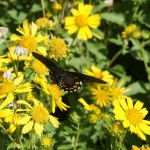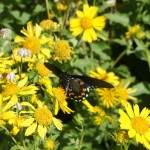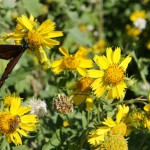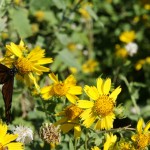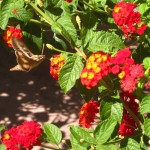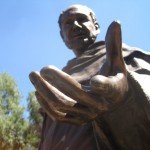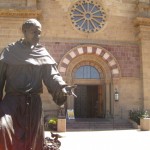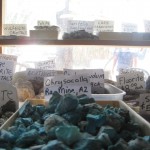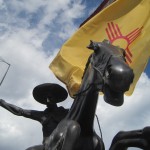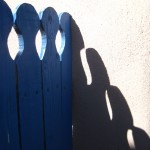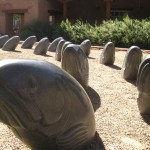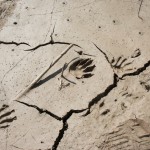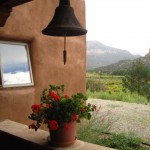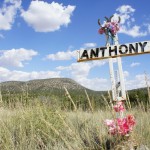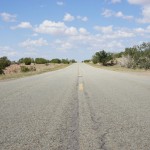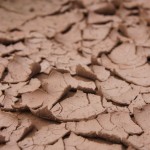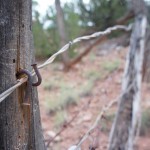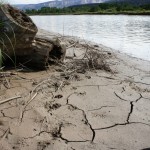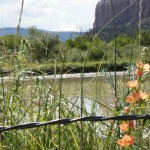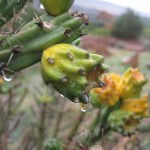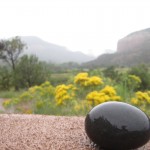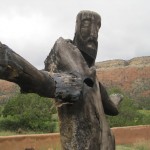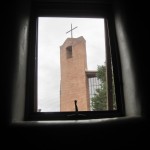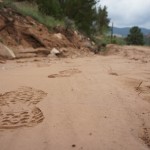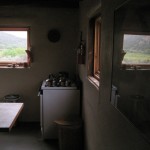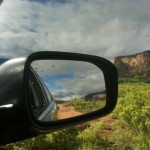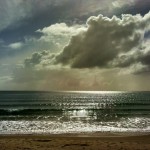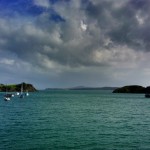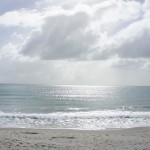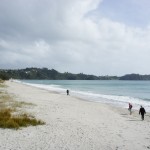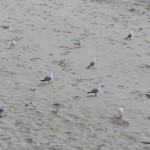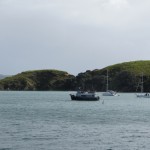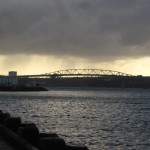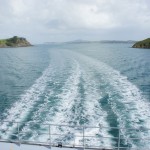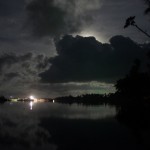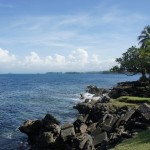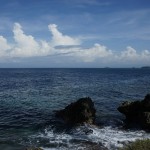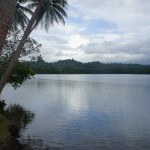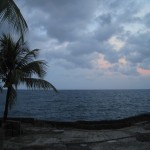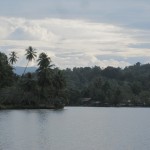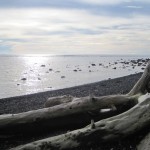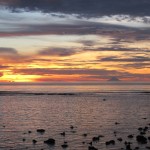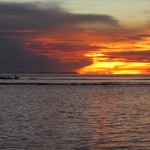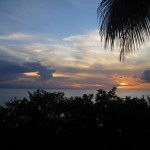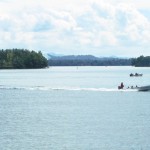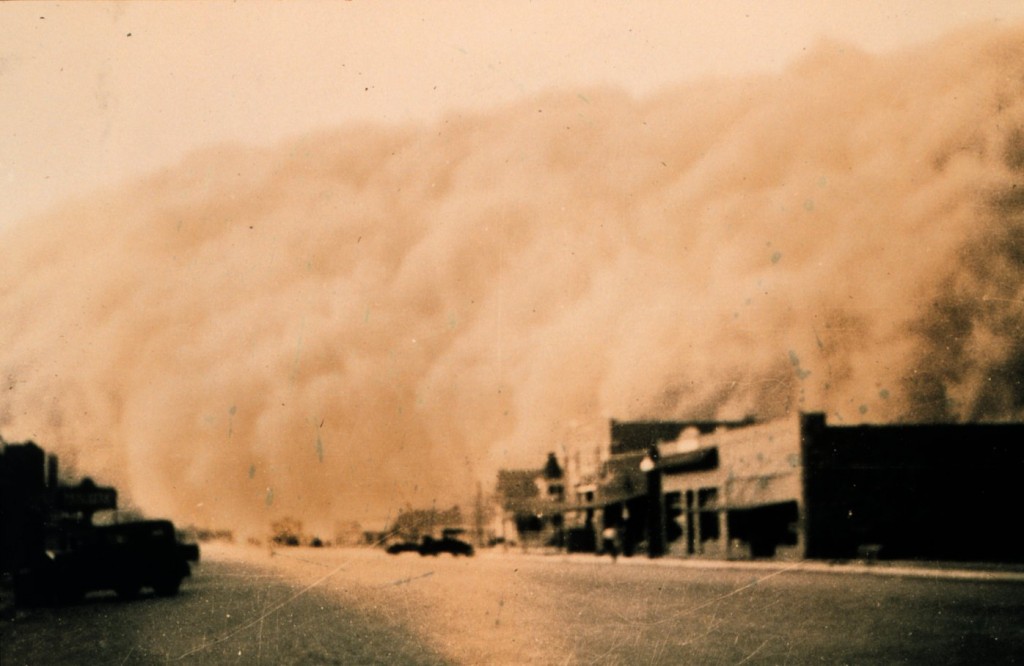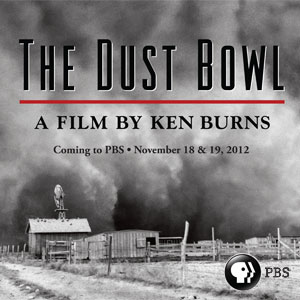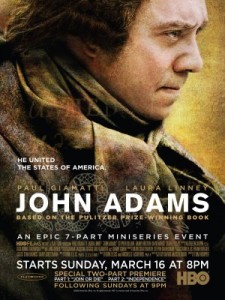Today we once again commemorate the terrible and once unimaginable terrorist attacks on my country on September 11, 2001. We all remember where we were and what we were doing when we first learned of the attacks. You, like me, will think about how our world has changed since that shocking day.
THEN
Like today, it was a beautiful Tuesday morning. That beautiful day was forever changed in our memories by the events unfolding in New York City, Washington DC, and in rural Pennsylvania. We’ve all seen and remember the terrible images from that day. I could post some of them here, but must I when they are indelibly seared into our memories?
What I remember most, from my outpost here in Oklahoma, is the look on the faces of the students I worked with on that day. As a campus minister, I was accustomed to seeing bright, cheerful, energetic and idealistic young faces each Tuesday as we welcomed the campus into the Newman Center for a free lunch.
This day was different. As word of the attacks spread across the campus, thoughts of class were replaced by thoughts of home, family and country. Students, most far from home, gathered together for prayer and camaraderie in the face of many great unknowns that day.
The weight of the day marked the students with faces of fear, disbelief, and shaken senses of security. It was palpable in the silence. It was palpable in the furtive glances as eyes met eyes, wondering if others felt the same interior struggle to keep their composure and the same desire to ask “Why?”
NOW
We can recount all the ways that our country, our world, and our personal lives have changed since 9/11. We all look at the world differently. Terrorism wasn’t new in the world. Many countries had faced it before and continue to face it, sometimes on a daily basis. Oklahomans had tasted it first-hand in the Murrah Federal Building bombing in Oklahoma City. New Yorkers had faced it in the first World Trade Center attack, and our military had certainly faced it several times before. But this day, changed everything, everyone in uncountable ways.
We’ve become accustomed to this new reality. Accustomed to the surrendering of personal liberty in exchange for increased security. Accustomed to the sense of risk that we undertake whenever we board a plane or leave our country.
Our reality now includes new bureaucracies like the TSA and the Homeland Security Administration. Old challenges, such as immigration and border security now include concerns of terrorist infiltrations, dirty bombs, and further erosions of liberty.
I think we all also feel a sense of fatigue as we face seemingly unsolvable problems and give in to the feeling that “the government” can and should take over and tell us how to lead our lives and make our decisions for us.
“LET US BEGIN ANEW …”
There’s a shout, sometimes becoming a scream, inside my head that our country is forgetting itself. I worry that my people are not learning the lessons of our history and see the world only by what they can take from it or how someone else can make their life better without working for it themselves.
I’m too young to know what I would have thought of President John F. Kennedy, but I take hope from the words of his Inaugural Address that we can still find leaders that are dedicated to the American Experiment. Here are a few excerpts, written with the Cold War in mind, but applicable to these times as well.
“The world is very different now. For man holds in his mortal hands the power to abolish all forms of human poverty and all forms of human life. And yet the same revolutionary beliefs for which our forebears fought are still at issue around the globe—the belief that the rights of man come not from the generosity of the state, but from the hand of God.”
“Let every nation know, whether it wishes us well or ill, that we shall pay any price, bear any burden, meet any hardship, support any friend, oppose any foe, in order to assure the survival and the success of liberty.”
“So let us begin anew—remembering on both sides that civility is not a sign of weakness, and sincerity is always subject to proof. Let us never negotiate out of fear. But let us never fear to negotiate.”
“The energy, the faith, the devotion which we bring to this endeavor will light our country and all who serve it—and the glow from that fire can truly light the world. And so, my fellow Americans: ask not what your country can do for you—ask what you can do for your country.“
“With a good conscience our only sure reward, with history the final judge of our deeds, let us go forth to lead the land we love, asking His blessing and His help, but knowing that here on earth God’s work must truly be our own.”
Our country was founded by patriots who were willing to sacrifice their lives and personal circumstances for the ideals of our country. Our history is full of similar patriots who made the same sacrifices. We must fight the desire of some today to sacrifice the ideals of our country just to better their own personal circumstances. The future generations deserve better from us.
We must remember who we are meant to be.
